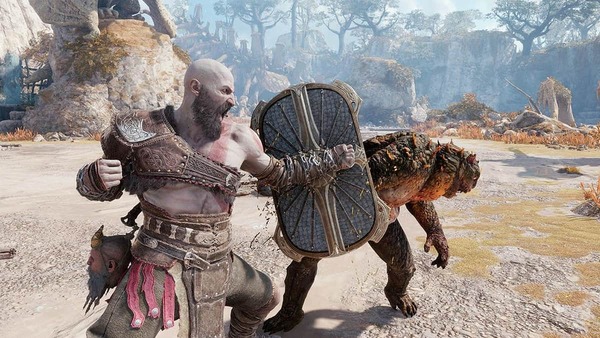1. The Origins of Call of Duty
Early Beginnings
Call of Duty launched in 2003 as a WWII shooter, praised for its cinematic intensity and immersive gameplay. The game introduced squad-based tactics and a compelling single-player campaign.
Expansion of the Franchise
Following the success of the original, the series rapidly expanded with sequels and spin-offs, often rotating development between studios like Infinity Ward, Treyarch, and Sledgehammer Games.
2. Core Gameplay Mechanics
Fast-Paced Shooting
At its core, CoD emphasizes tight, responsive gunplay with a focus on reflexes, map control, and tactical positioning.
Movement Systems
From classic boots-on-the-ground to advanced movement (e.g., wall-running, thrust jumps in futuristic titles), the franchise experiments with varied mobility mechanics.
Loadouts and Customization
Players build personalized loadouts including weapons, attachments, perks, and equipment, tailoring playstyles to individual preferences.
3. Single Player Campaigns
Narrative Style
CoD campaigns are known for cinematic storytelling, often with Hollywood-style action sequences and memorable characters.
Variety of Settings
The series has explored historical conflicts (WWII), modern warfare, futuristic battles, and even speculative near-future scenarios.
4. Multiplayer Modes and Innovations
Traditional Modes
Classic modes like Team Deathmatch, Domination, and Search & Destroy form the backbone of competitive play.
Specialist and Perk Systems
Games like Black Ops introduced Specialists with unique abilities, adding depth and diversity to multiplayer combat.
Battle Royale: Warzone
Released in 2020, Call of Duty: Warzone brought the franchise into the battle royale genre, offering massive maps, cross-platform play, and new tactical layers.
5. Zombies Mode
Origin and Appeal
Introduced in Call of Duty: World at War, Zombies mode offers cooperative survival gameplay against endless waves of undead, rich with Easter eggs and lore.
Ongoing Development
Zombies has become a staple, evolving with new storylines, maps, and mechanics, keeping fans engaged.
6. Esports and Competitive Scene
Call of Duty League (CDL)
The franchise supports a thriving esports ecosystem with franchised teams, global tournaments, and substantial prize pools.
Community and Streaming
CoD’s multiplayer draws millions of viewers on platforms like Twitch and YouTube, fueling its competitive popularity.
7. Visuals and Audio
Graphical Evolution
From early 2000s graphics to photorealistic visuals today, the series has continually pushed technical boundaries.
Sound Design
Immersive audio, including weapon sounds, footsteps, and voice acting, enhances situational awareness and immersion.
8. The Future of Call of Duty
Upcoming Titles
The franchise continues to evolve, with future releases promising new gameplay mechanics, enhanced graphics, and further expansion of Warzone.
Technological Advancements
As next-gen consoles and PCs advance, CoD is poised to deliver even more immersive experiences with ray tracing, faster loading, and AI improvements.
Conclusion
Call of Duty remains a dominant force in the FPS genre, balancing traditional shooting mechanics with innovations that keep it relevant. From gripping single-player campaigns to competitive multiplayer and expansive battle royale modes, CoD offers experiences for a wide range of players.
While it faces challenges like franchise fatigue and community issues, its ongoing evolution and massive fanbase ensure that Call of Duty will continue shaping shooter games for years to come.































